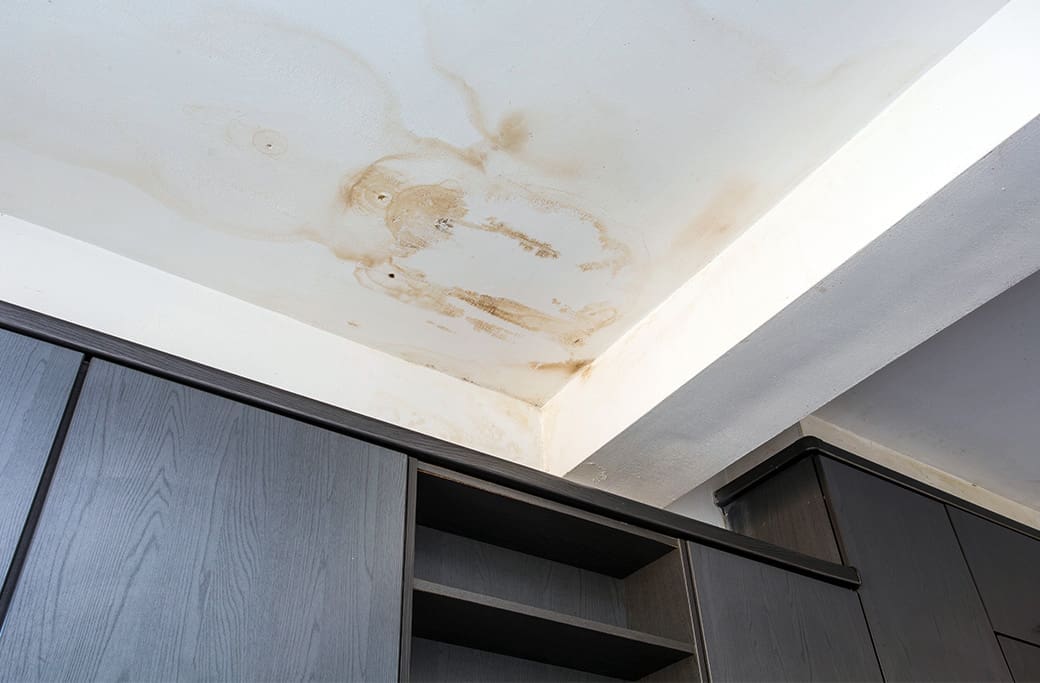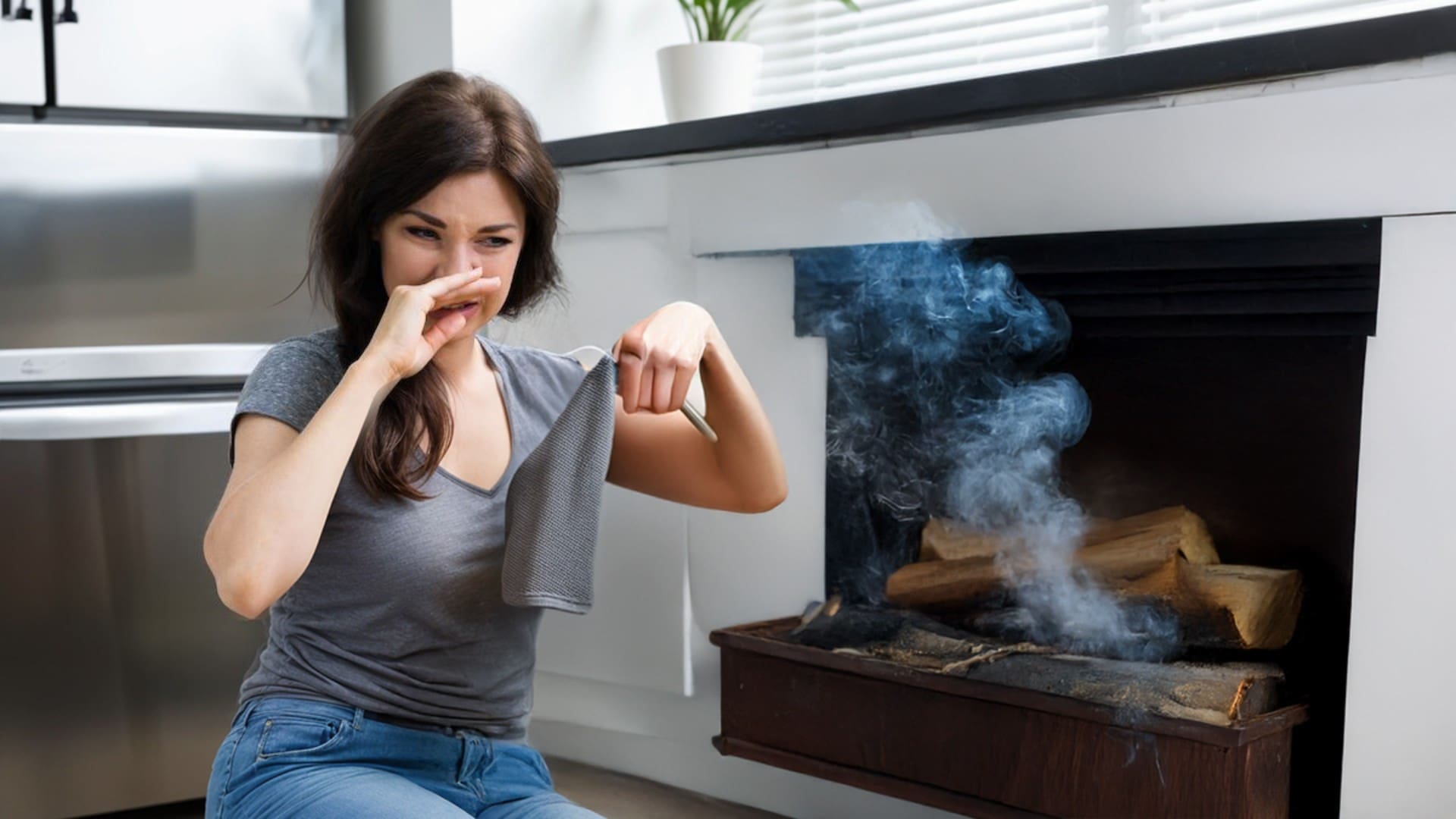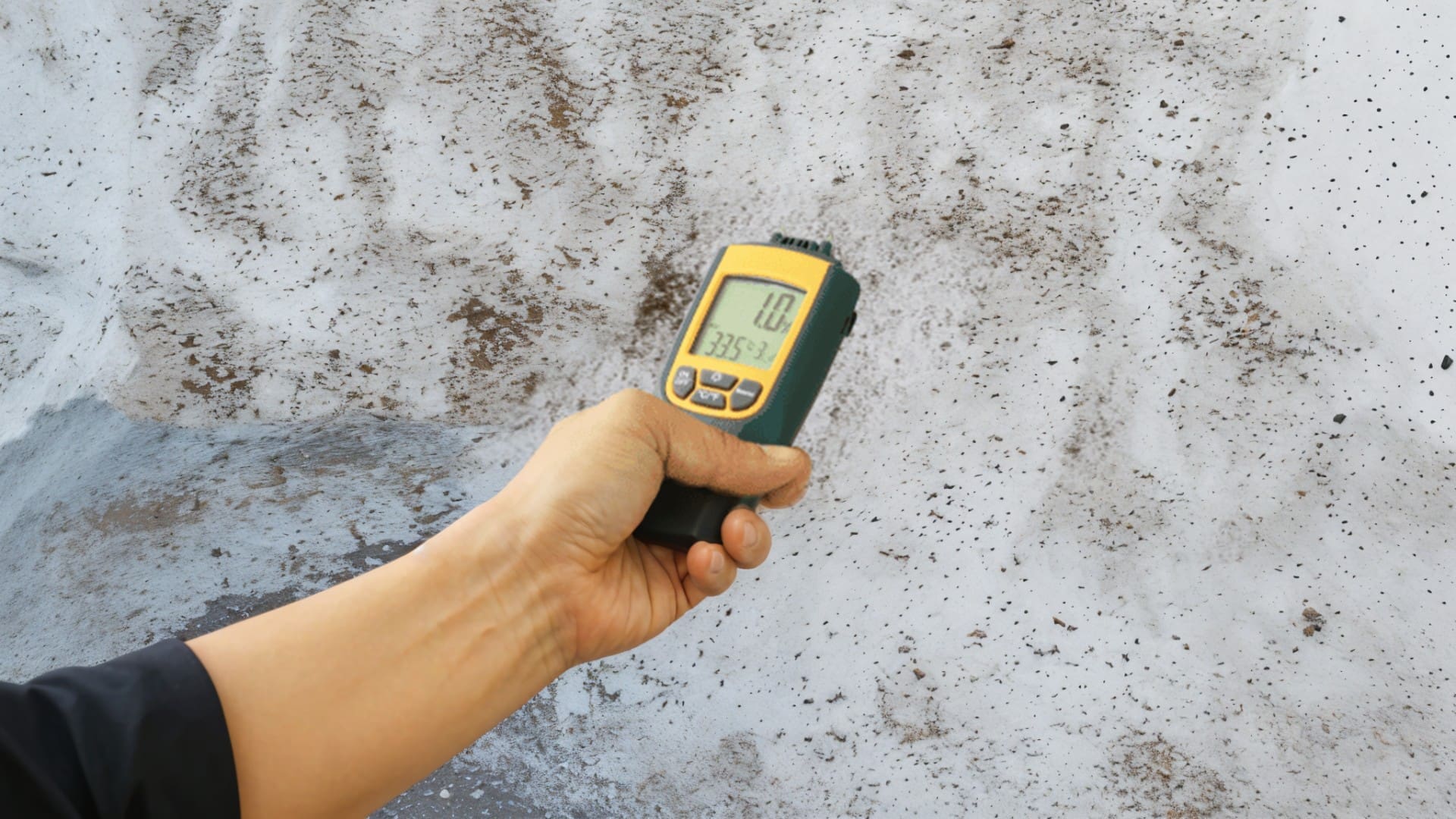
Water damage is a serious threat to any property, often going unnoticed until it causes significant harm. It can result from leaky roofs, burst pipes, or heavy rainfall. Detecting water damage early can save homeowners, property managers, and DIY enthusiasts from expensive repairs and extensive restoration. Regular inspections, moisture detectors, and proper maintenance are crucial for identifying and mitigating water damage before it becomes a major problem. Promptly addressing issues preserves the property’s structural integrity and ensures a safe, healthy living environment.
Common Causes of Water Damage
Before we learn to identify water damage, it’s essential to understand what causes it. Recognizing these sources can help you stay vigilant and proactive in preventing water damage. The most common sources include:
- Plumbing Leaks: Broken or damaged pipes, faucets, or hoses can cause leaks.
- Roof Damage: Missing shingles or damaged flashing can allow water to seep into the attic or walls.
- Foundation Cracks: Cracks in the foundation can let groundwater seep into the basement or crawlspace.
- HVAC Issues: Faulty HVAC systems can lead to water buildup and leaks.
- Natural Disasters: Floods, heavy rains, and hurricanes can cause extensive water damage.
Early Signs of Water Damage
Spotting water damage early can make a significant difference in mitigating its impact. Here are some telltale signs to watch for:
Stains and Discoloration
Water stains often appear as yellowish-brown patches on ceilings, walls, or floors. These stains indicate that water has infiltrated and is likely causing damage behind the scenes.
Musty Odors
A damp, musty smell is a strong indicator of water damage. This odor is typically caused by mold and mildew growth in areas with excess moisture.
Peeling or Bubbling Paint
When water seeps into walls, it can cause paint to peel, bubble, or crack. This is a clear sign that moisture has infiltrated the surface.
Warped or Buckled Floors
Water damage can cause wooden floors to warp, buckle, or become spongy. If you notice these changes, it’s crucial to investigate further.
Mold Growth
Mold can start growing within 24-48 hours of water exposure. Look for black, green, or white patches in damp areas like bathrooms, basements, and kitchens.
Increased Utility Bills
Unexplained spikes in your water bill can indicate hidden leaks. Monitor your water usage and investigate any sudden increases.
Dangers of Ignoring Early Signs
Ignoring the early signs of water damage can lead to severe consequences, including:
- Structural Damage: Water infiltration can weaken the foundations, beams, and walls of your home, leading to costly repairs.
- Health Risks: Ongoing moisture can cause mold and mildew growth, leading to respiratory issues, allergies, and other health problems, especially in children and the elderly.
- Decreased Property Value: Unchecked water damage can lower your property’s market value, making it less appealing to buyers and complicating sales.
- Increased Repair Costs: The longer you leave water damage untreated, the more extensive and expensive the repairs will become, as the damage spreads and worsens existing problems.
Preventing Water Damage in Homes and Properties
Preventing water damage involves regular maintenance and vigilance. Here are some practical tips:
- Inspect Your Roof: Regularly check for missing or damaged shingles and signs of wear. Repair them quickly to avoid leaks and further damage.
- Maintain Plumbing: Frequently inspect pipes, faucets, and hoses for leaks or corrosion. Address any issues immediately to prevent water damage and expensive repairs.
- Seal Cracks: Look for cracks or gaps in your foundation and walls. Fix these promptly to stop water infiltration, which can cause structural damage and mold.
- Clean Gutters: Keep gutters and downspouts free of leaves, twigs, and debris to ensure proper drainage and avoid water overflow that can damage your roof and foundation.
- Install a Sump Pump: Think about installing a sump pump in your basement or crawlspace to remove excess water, preventing flooding and protecting your home from water damage.
- Use Dehumidifiers: Place dehumidifiers in damp areas like basements or bathrooms to reduce moisture, prevent mold growth, and improve air quality.
Act Fast and Mitigate Water Damage
When you suspect water damage, acting quickly is crucial. Here are steps to take:
- Turn Off the Water Supply: If the source of the water damage is a plumbing issue, shut off the main water supply immediately.
- Call a Professional: Contact a water damage restoration expert, like STOP Restoration, to assess the situation and begin mitigation.
- Remove Excess Water: Use mops, towels, or wet/dry vacuums to remove standing water.
- Dry the Area: Use fans, dehumidifiers, and open windows to dry the affected area thoroughly.
- Document the Damage: Take photos and notes for insurance purposes and to aid in the restoration process.
Early Signs of Water Damage
Early detection of water damage is critical in protecting your property from long-term harm. By staying vigilant and addressing issues promptly, you can safeguard your home or business and avoid costly repairs. At STOP Restoration, we specialize in identifying and mitigating water damage, ensuring your property remains safe and sound.
If you suspect water damage in your property, don’t hesitate to contact STOP Restoration. Our team is here to help you act fast and protect your investment. Stay ahead of water damage and ensure your property remains in top condition. Remember, early detection is key, and STOP Restoration is your trusted partner in safeguarding your home or business.




